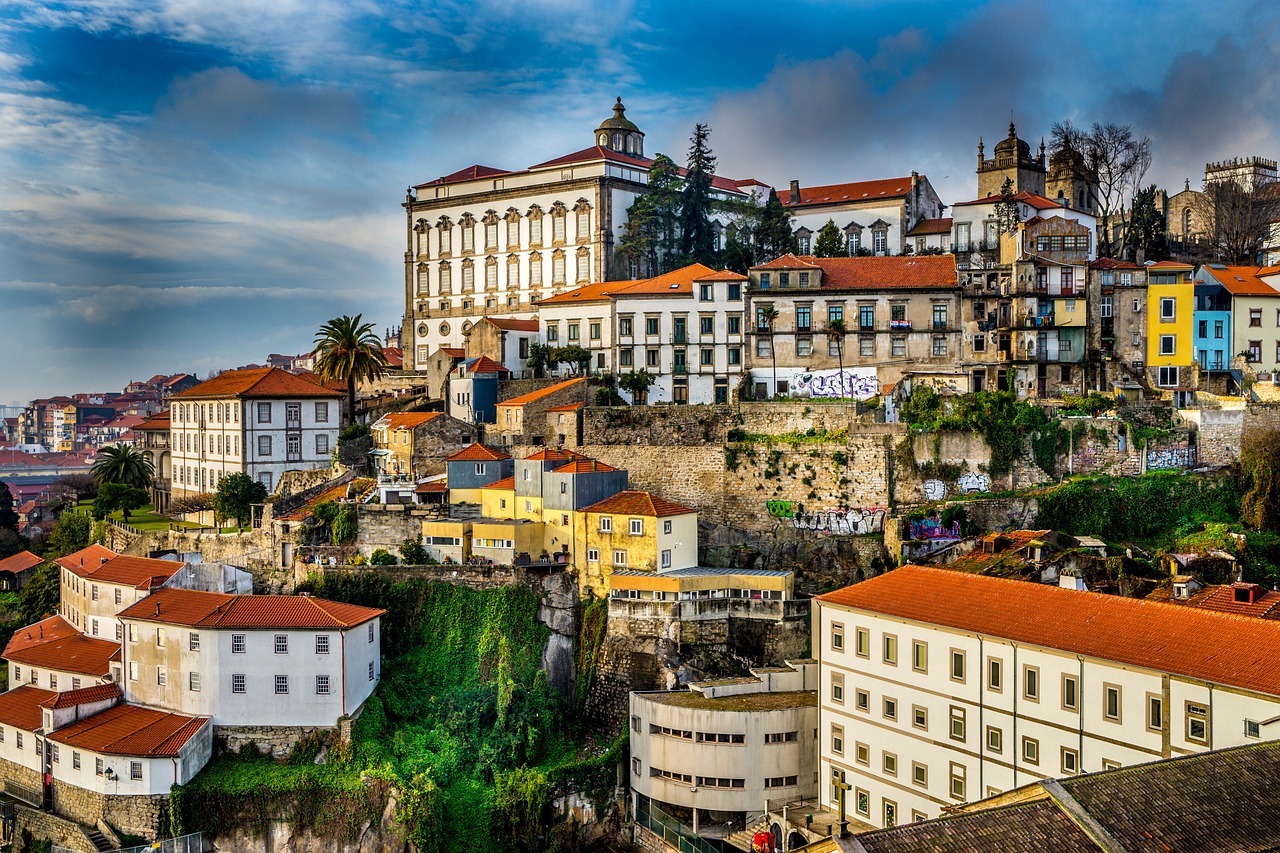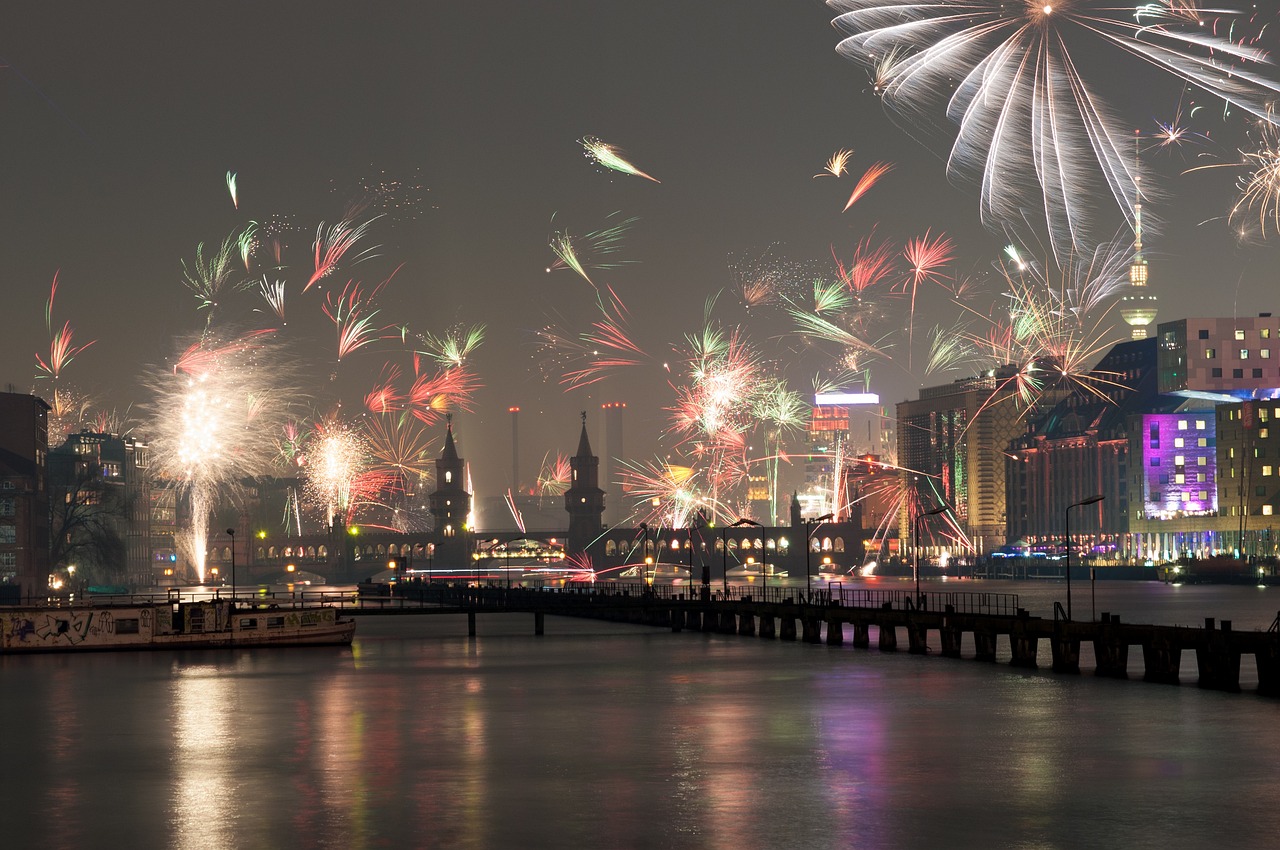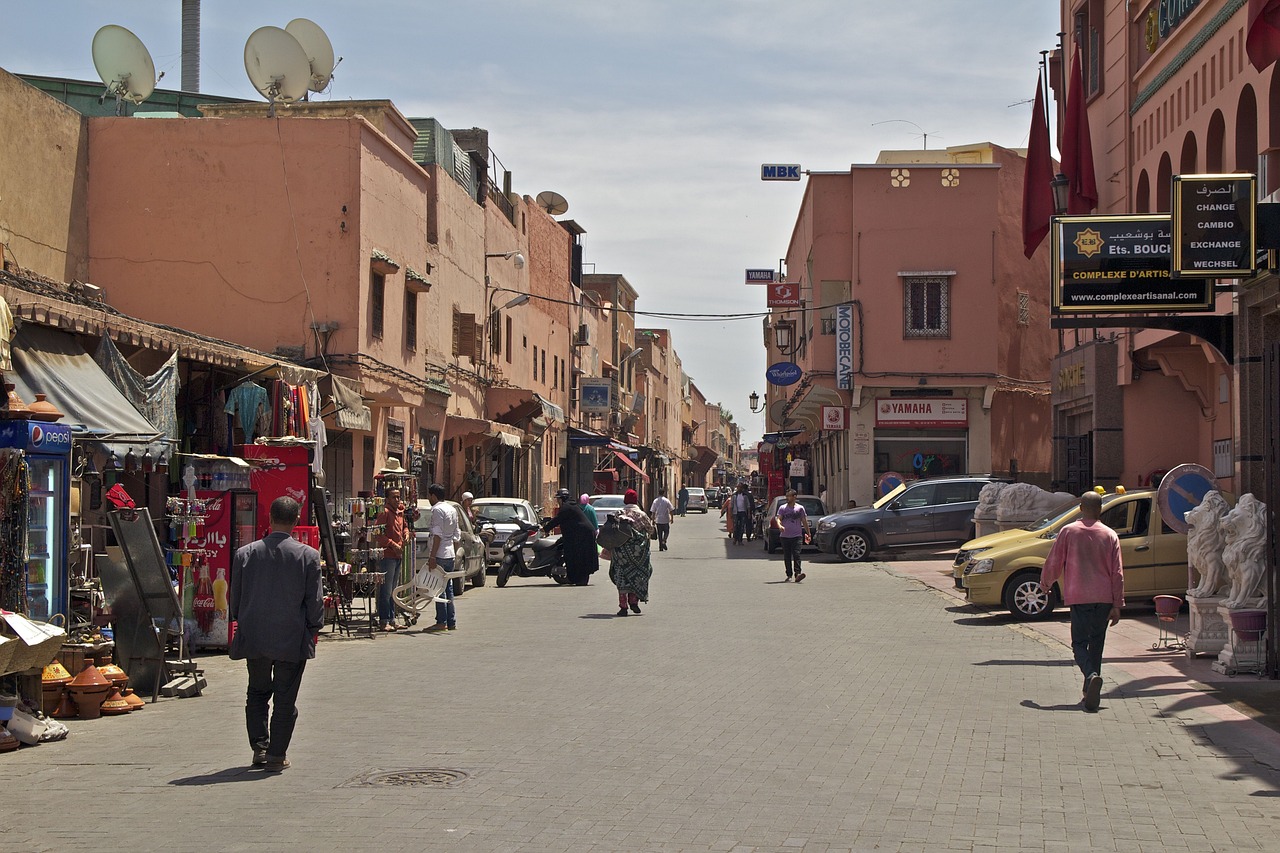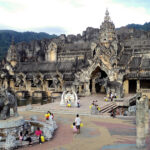The Cathedral of Santiago de Compostela, located in the heart of Galicia in northwestern Spain, is one of the most significant religious and historical sites in the Christian world. As the final destination of the legendary Camino de Santiago pilgrimage route, the cathedral attracts millions of visitors each year who come to pay homage to the apostle Saint James. This comprehensive travel user guide will provide you with everything you need to know about visiting the Cathedral of Santiago de Compostela, including its history, architectural highlights, and practical tips for travelers.
The History of the Cathedral of Santiago de Compostela
The Cathedral of Santiago de Compostela has a rich and storied history, dating back to the discovery of the alleged tomb of the apostle Saint James in the early 9th century. Over time, the cathedral has been expanded and renovated, resulting in a fascinating mix of architectural styles, including Romanesque, Gothic, and Baroque.
a. The Legend of Saint James
The origins of the cathedral are rooted in the legend of Saint James the Greater, one of Jesus Christ’s twelve apostles. According to tradition, after his martyrdom in Jerusalem, his remains were transported to Galicia, where they lay hidden until their discovery in the early 9th century. King Alfonso II of Asturias ordered the construction of a small church on the site, which would later evolve into the current cathedral.
b. Construction and Expansion
The construction of the current cathedral began in 1075 under the direction of Bishop Diego Peláez. The Romanesque structure, designed by architect Bernardo el Viejo, was consecrated in 1211. Over the centuries, the cathedral was expanded and embellished with Gothic and Baroque elements, resulting in its unique architectural character.
Architectural Highlights of the Cathedral
The Cathedral of Santiago de Compostela features a wealth of stunning architectural details, from its soaring towers to its intricate carvings.
a. The Portico of Glory
The Portico of Glory, created by Master Mateo between 1168 and 1188, is one of the cathedral’s most iconic features. This magnificent entrance features intricate sculptures depicting biblical scenes, including the Last Judgment and the apostles, prophets, and angels.
b. The Obradoiro Facade
The Obradoiro Facade, designed by architect Fernando de Casas Novoa, is a stunning example of Spanish Baroque architecture. Completed in 1750, the facade features dramatic statues of Saint James, King David, and King Solomon, as well as allegorical figures representing Faith, Hope, and Charity.
c. The Clock Tower
The Clock Tower, or Torre del Reloj, is a striking Gothic addition to the cathedral’s skyline. Built in the 14th century, the tower houses the cathedral’s bells and provides visitors with breathtaking views of Santiago de Compostela and the surrounding countryside.
d. The Main Chapel
The cathedral’s main chapel is an ornate and awe-inspiring space, featuring a gilded altar, a statue of Saint James, and a silver reliquary said to contain the saint’s remains. The Botafumeiro, a massive incense burner suspended from the ceiling, is used during special services to cleanse the air and symbolically purify the congregation.
Practical Tips for Visiting the Cathedral of Santiago de Compostela
Visiting the Cathedral of Santiago de Compostela is a memorable experience, but it’s essential to plan your visit to make the most of your time.
a. Admission and Guided Tours
Entry to the cathedral is free, but there is a small fee for visiting the Cathedral Museum, the Pórtico de la Gloria, and the archaeological excavations. Guided tours are available, which provide valuable insights into the cathedral’s history, art, and architecture. It’s a good idea to book a tour in advance to ensure availability, especially during peak travel seasons.
b. Dress Code and Etiquette
As the Cathedral of Santiago de Compostela is a place of worship, visitors are expected to dress modestly and respectfully. This means covering shoulders and knees, and avoiding clothing with offensive messages or images. Visitors should also be mindful of noise levels, especially during services, and refrain from using flash photography inside the cathedral.
c. Attending Mass
Attending a mass at the cathedral can be a moving and spiritual experience, even for non-religious visitors. Pilgrim’s Mass is held daily at noon, with additional masses at other times throughout the day. During special occasions or religious holidays, the cathedral may host additional services or processions.
d. Best Time to Visit
The Cathedral of Santiago de Compostela can be visited year-round, but certain times may be more crowded due to the influx of pilgrims completing the Camino de Santiago. The busiest months are typically July and August, while spring and fall offer more mild weather and fewer crowds.
Nearby Attractions and Accommodations
The area surrounding the Cathedral of Santiago de Compostela is rich in history, culture, and natural beauty, making it an ideal base for exploring the region.
a. Old Town Santiago
The historic Old Town of Santiago de Compostela is a UNESCO World Heritage site, featuring charming cobbled streets, medieval buildings, and lively plazas. Highlights include the Hostal dos Reis Católicos, a luxurious parador housed in a 15th-century building, and the Monastery of San Martiño Pinario, an impressive Baroque structure.
b. Museums and Galleries
Santiago de Compostela is home to several excellent museums and galleries, showcasing the region’s art, history, and culture. The Museum of Pilgrimage and Santiago, located near the cathedral, offers fascinating exhibits on the history of the Camino de Santiago and the cult of Saint James.
c. Accommodations
There are numerous accommodation options in Santiago de Compostela, ranging from budget-friendly hostels to luxury hotels. Many establishments cater specifically to pilgrims, offering discounted rates and specialized services for those who have completed the Camino de Santiago.
Conclusion
The Cathedral of Santiago de Compostela is not only an architectural marvel but also a deeply meaningful destination for millions of pilgrims and travelers each year. By understanding its history, appreciating its artistic and architectural highlights, and following practical tips for visiting, you can make the most of your experience at this revered site. Whether you’re completing the Camino de Santiago or simply exploring the beauty and culture of Galicia, the Cathedral of Santiago de Compostela is a must-see destination.














